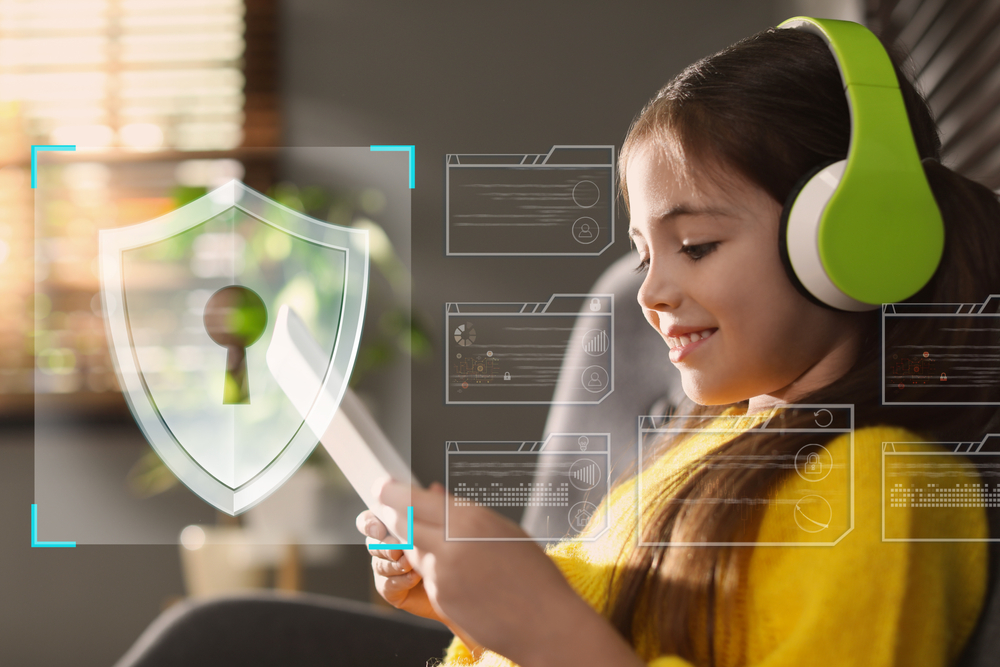It is estimated that online advertising firms hold 72 million data points on the average child by the time they reach the age of 13, allowing marketers to target children’s vulnerabilities with extreme precision.
While it is important to teach children about staying safe in the physical world, it is also essential to talk to them about online safety. In today’s world, children are increasingly using the internet to communicate with friends, do their homework, and even play games.
As a result, they are exposed to a range of potential dangers. It is important to educate children about these risks and how to stay safe online.
Potential Dangers Children Face Online:
1. Cyberbullying: Did You Know 85% Of Indian Kids Are Victims Of Cyberbullying? Nearly 8 out of 10 individuals are subject to the different types of cyberbullying in India. Out of these around 63% faced online abuses and insults, and 59% were subject to false rumours and gossip for degrading their image.
Cyberbullying is a type of bullying that happens online or through electronic devices. It can include posting mean or hurtful comments, spreading rumours, or sending threatening or hurtful messages. Cyberbullying can be incredibly harmful to both the person being bullied and the person doing the bullying.
2. Phishing: One of the easiest ways to trick a child online is to use emails to lure them into clicking on malicious links or attachments. Once a child clicks on such a link, they can easily be hacked and their personal information can be gathered. This can include email addresses and friends' names. Hackers can then use this information to scam other people.
“Did you know?” Children close to one-third experienced phishing.
3. Privacy & Security: The worrisome fact is that many children are sharing sensitive personal information online without their parent's knowledge. In recent years, there have been an increasing number of cases where children have shared their parents' credit card information on malicious websites. This not only puts the parents at risk of identity theft, but it also compromises their privacy and security.
4. Inappropriate Content: As per the reports, 70% of kids ages 8-18 have accidentally encountered online pornography, very often by entering an innocent search term while doing their homework. It's every parent's nightmare: you hand your child your tablet or phone to keep them occupied for a few minutes, only to later find out that they've stumbled across some inappropriate content. Whether it's pornography, graphic violence, or hate speech, this type of material can have a profound impact on a young mind.
5. Stranger Danger: Thanks to the anonymity of the internet, predators can easily pose as children in order to gain their trust. Once they have gained a child's trust, they may try to pressure them into meeting in person or engaging in other dangerous activities. Children are often trusting and naive, making them easy targets for predators who pose as friendlies in chat rooms and on social media. They may be lured into providing personal information or engaging in sexual conversations. In worst-case scenarios, they may even be drawn into meeting strangers in person.
6. Understanding Real/Fake: It's important for kids to understand the difference between real and fake on social media. It could be a post that's been photoshopped, a made-up story, or even a person who isn't who they say they are. So when kids are looking at posts on social media, it's important for them to be able to spot the difference between what's real and what's fake. Negatively comparing themselves to others leads people to feel envious of others' seemingly better lives and bodies.
As the world becomes increasingly digital, it's more important than ever for children to learn how to safely navigate the online world. By incorporating digital safety into the curriculum, we can help ensure that our children are safe and responsible digital citizens. In addition to education, it's also important to provide support for students who may be struggling with cyberbullying or other online issues. By working together, we can create a safer online environment for everyone.




 Call Now
Call Now WhatsApp
WhatsApp